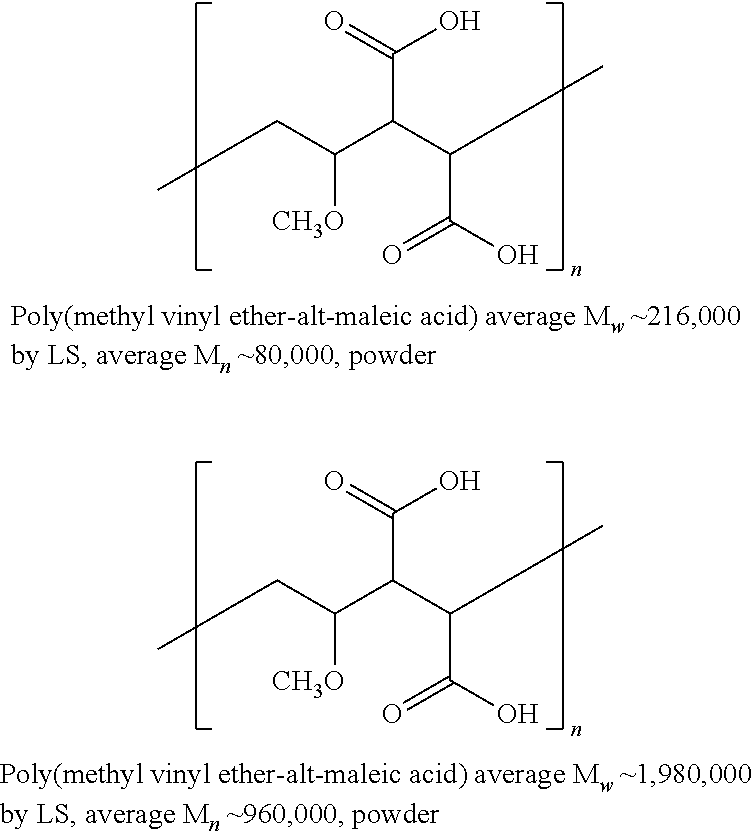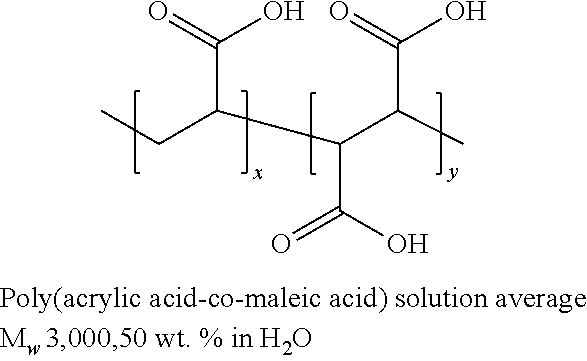Multiple Component Materials Having A Color-Changing Composition
a technology of color-changing composition and multi-component materials, which is applied in the field of multi-component materials, can solve the problems of unmet needs and inability to apply to liquid forms of articles at room temperature, and achieve the effects of improving the adhesion of color-changing composition, increasing the wettability of color-changing composition, and helping stability
- Summary
- Abstract
- Description
- Claims
- Application Information
AI Technical Summary
Benefits of technology
Problems solved by technology
Method used
Image
Examples
Embodiment Construction
The present disclosure of the invention will be expressed in terms of its various components, elements, constructions, configurations, arrangements and other features that may also be individually or collectively be referenced by the term, “embodiment(s)” of the invention, or other similar terms. It is contemplated that the various forms of the disclosed invention may incorporate one or more of its various features and embodiments, and that such features and embodiments may be employed in any desired, operative combination thereof.
It should also be noted that, when employed in the present disclosure, the terms “comprises”, “comprising” and other derivatives from the root term “comprise” are intended to be open-ended terms that specify the presence of any stated features, elements, integers, steps, or components, and are not intended to preclude the presence or addition of one or more other features, elements, integers, steps, components, or groups thereof.
The present invention relat...
PUM
| Property | Measurement | Unit |
|---|---|---|
| molecular weight | aaaaa | aaaaa |
| average molecular weight | aaaaa | aaaaa |
| average molecular weight | aaaaa | aaaaa |
Abstract
Description
Claims
Application Information
 Login to View More
Login to View More - R&D
- Intellectual Property
- Life Sciences
- Materials
- Tech Scout
- Unparalleled Data Quality
- Higher Quality Content
- 60% Fewer Hallucinations
Browse by: Latest US Patents, China's latest patents, Technical Efficacy Thesaurus, Application Domain, Technology Topic, Popular Technical Reports.
© 2025 PatSnap. All rights reserved.Legal|Privacy policy|Modern Slavery Act Transparency Statement|Sitemap|About US| Contact US: help@patsnap.com


